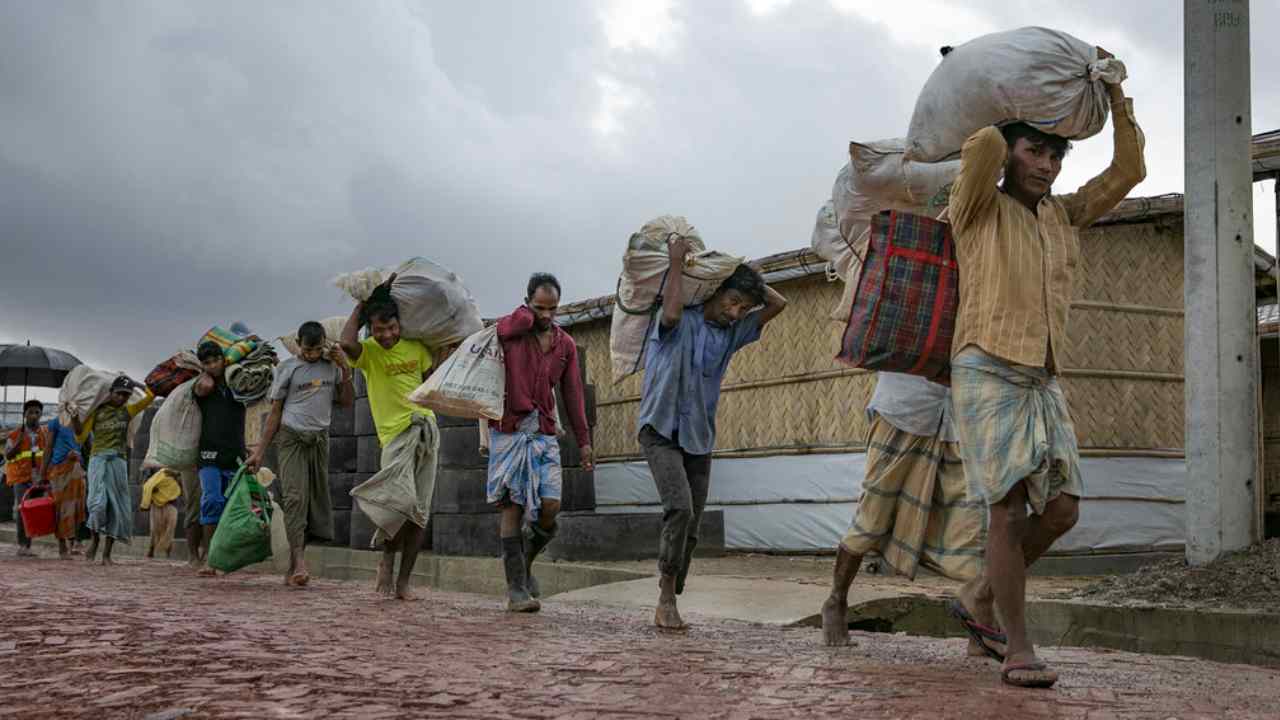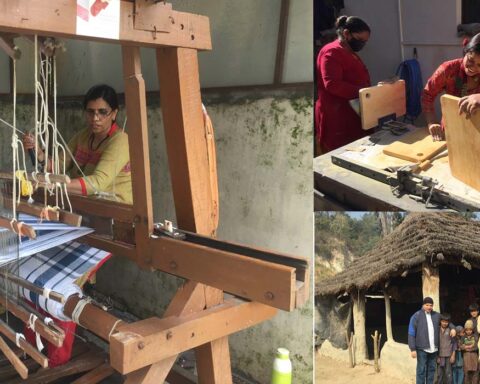Despite some encouraging signals, the pace and scale of forced displacement around the world are still outweighing the measures implemented to resolve refugee crises, UNHCR said, noting that the number of uprooted people had increased by 8 percent compared to the previous year. This is more than double the figure of ten years ago, according to the annual report of the UN agency
In general, forced displacement is notably caused by violence, conflict and persecution. “Every year over the past decade, the numbers have steadily increased,” admitted UN High Commissioner for Refugees Filippo Grandi.
The past year has been marked by the multiplication of conflicts, which have intensified, and by the emergence of new conflicts. According to the World Bank, 23 countries – representing a total population of 850 million – have been in the scene of conflicts of medium or high intensity.
The number of asylum seekers worldwide reached 4.6 million, an increase of 11%. In 2021, 7 million more people were forced into migration compared to the previous year.
At the same time, the total number of refugees increased in 2021 to reach 27.1 million. Among the countries where this number has particularly increased are Uganda, Chad and Sudan.
In total, more than two-thirds (69%) of all refugees came from just five countries: Syria (6.8 million), Venezuela (4.6 million), Afghanistan (2.7 million) , South Sudan (2.4 million) and Myanmar (1.2 million).
Most of the refugees were, as is often the case, hosted by neighboring countries with few resources. More than 80% were hosted by low- and middle-income countries. According to UNHCR, 27% have found refuge in the least developed countries.
Overall, more than 70% of refugees lived in countries neighbouring their country of origin. In addition, Türkiye hosted nearly 3.8 million refugees, the largest population in the world, followed by Uganda (1.5 million), Pakistan (1.5 million) and Germany ( 1.3 million). Colombia has taken in 1.8 million Venezuelans displaced abroad.
Last year, the number of people displaced within their own country by conflict rose for the fifteenth consecutive year, reaching 53.2 million. This increase is explained by the resurgence of violence and clashes in certain regions, notably in Myanmar.
According to the UN Refugee Agency, the conflict in Ethiopia’s Tigray region and other regions has caused millions of people to flee while remaining in their own country. This is the case of the tensions in the Sahel, which have also led to new internal displacements, particularly in Burkina Faso and Chad.

























